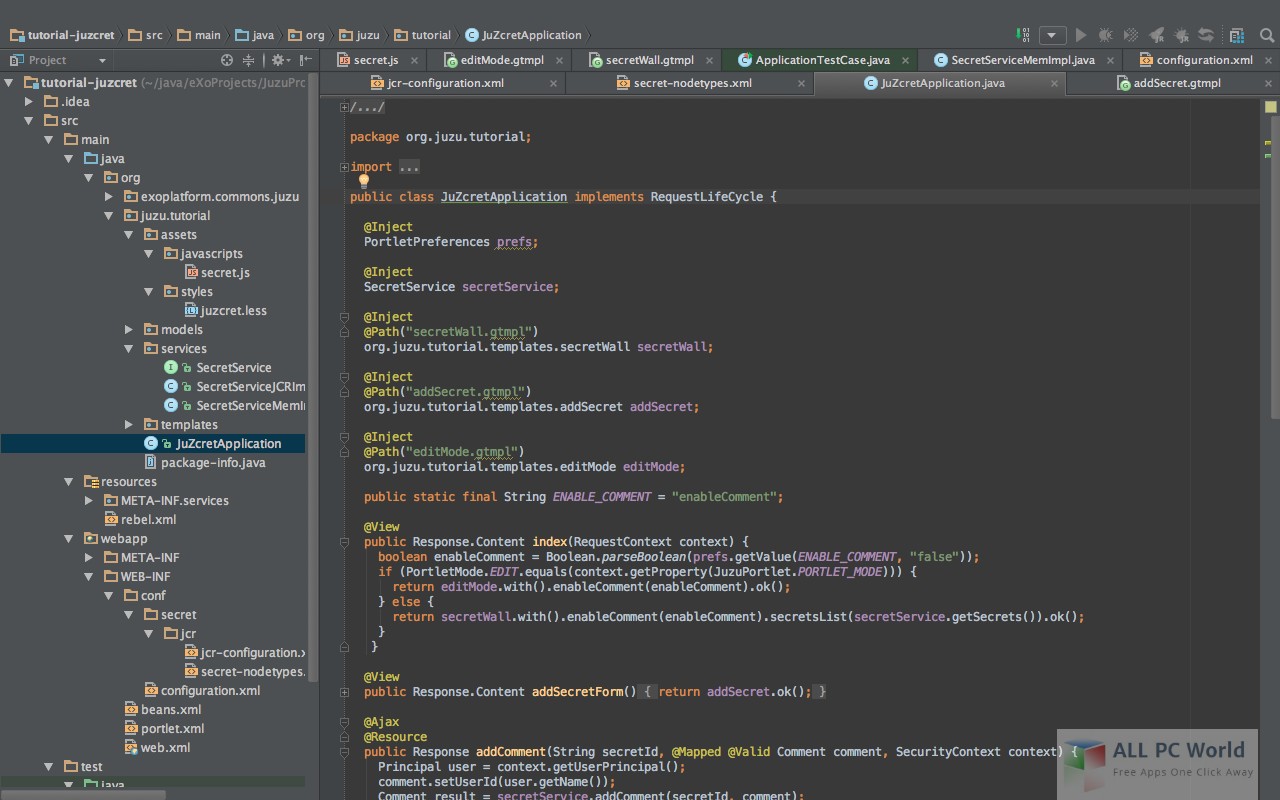

Right click on the top of the putty session window and select “Change Settings.” option. Here comes the most important part that everybody neglected here 🙂 Now change to your project’s root directory on the remote server (in the same putty session) and run it using the command you usually use to do it (mine is as following for example): mvn -U clean spring-boot:run run below command to add remote debugging feature to your project in the putty terminal: export JAVA_OPTS="-agentlib:jdwp=transport=dt_socket,server=y,suspend=n,address=5005" Secondly, open putty and connect to your remote server over SSH. Keep the configuration parameters as is and just define a name for your new config.

and these two machines are in the same network (they can ping eachother)įirst of all, add the a new Run/Debug configuration using the menu Run>Edit Configuration and then hit the + button at the top left corner and choose the “Remote” option.
#Intellij community edition code
We assume that the project code is in your local machine (Windows OS) and you have a deployment of your project on an Ubuntu VM in your server (or your VMWare workstation).
#Intellij community edition full
I’ve spent much time to find the correct way of remote debuging in IntelliJ and here is the full explanation. Unfortunately, all the prevoius answers are incomplete. To stop spring-boot:run from forking, you can use the fork parameter above. Then your debugger will be connected to the process you are not interested in, and your breakpoints won’t work. If the JVM was forked, you have the process running the Maven goal, and another one running the Spring application. The actual application being run is at the very end of the command line. The Java processes typically have a giant parameter list, most of which is the class path. Next, if you are unsure if the JVM has been forked, you can check the process list in your OS, for example under MacOS and *nix you can use ps aux | grep java. It should contain the debugger parameters ( -agentlib:jdwp etc) and it should be followed by a message saying “Connected to the target VM”, which is the debugger confirming that it has contact. At the top, there’s the command line that is being executed. When you start the application from IntelliJ, you will see messages scrolling by in the Run / Debug tab. You should first check whether the Java process actually is being debugged at all. Some of this can be found in the documentation, but it’s not always obvious. The spring-boot:run Maven goal, in addition to forking a new JVM, creates even more confusion, because it sometimes does fork and sometimes doesn’t, depending on the options it gets, among other things. Quite often, these Java processes might then fork a new instance, which is not getting the same parameters, and because it is in a separate process, is not connected to the debugger. When running the application in debug mode, the IntelliJ debugger attaches to the Java process that it starts itself (by appending the appropriate parameters, -agentlib:jdwp etc, to the Java command line). Tldr: You can try tweaking the command line like this: spring-boot:run =false


 0 kommentar(er)
0 kommentar(er)
